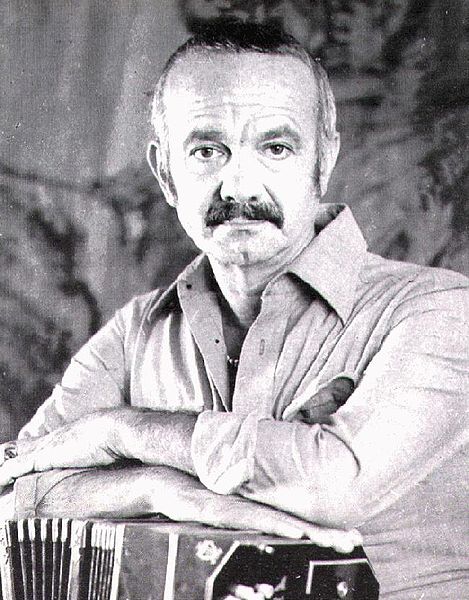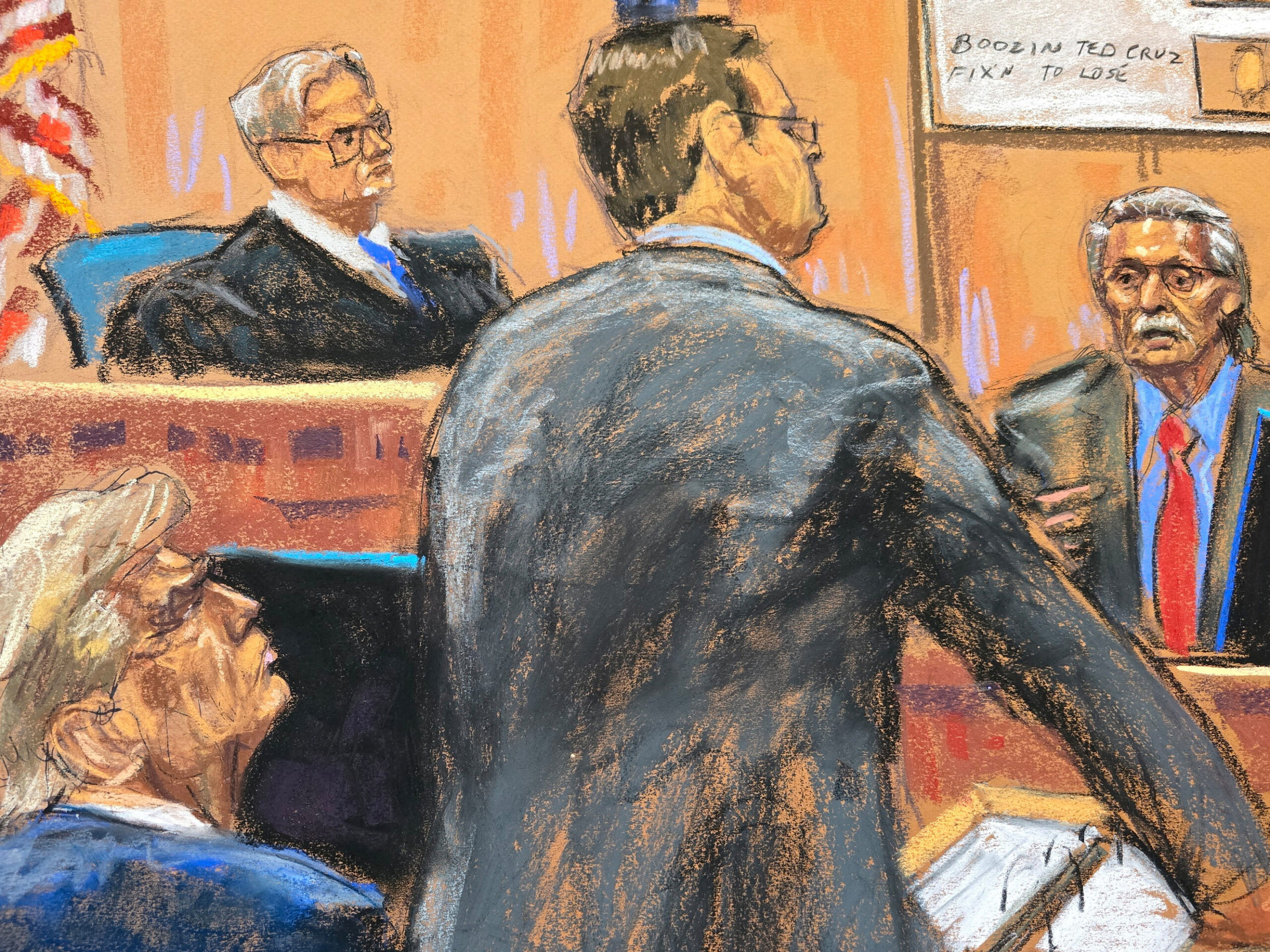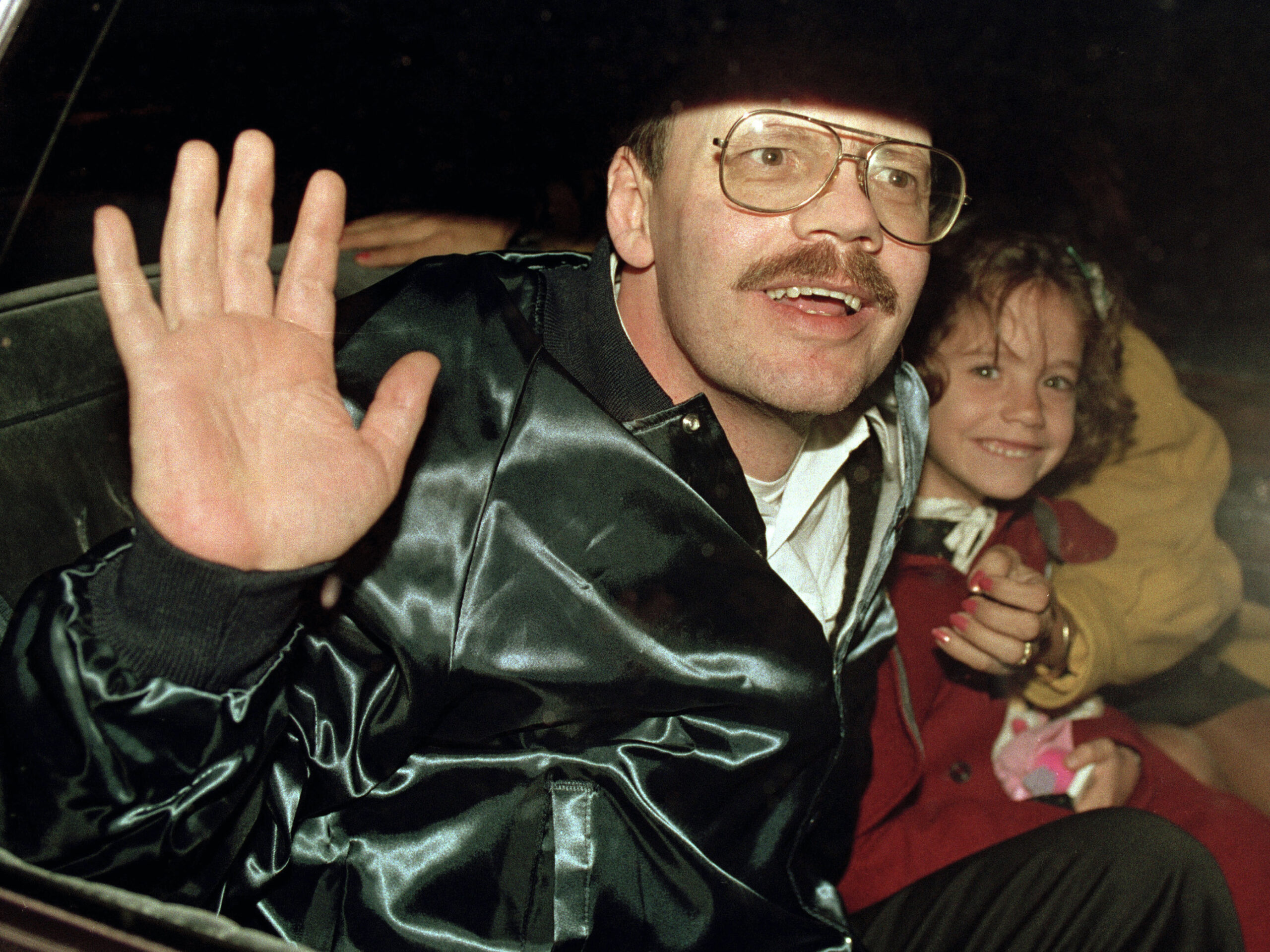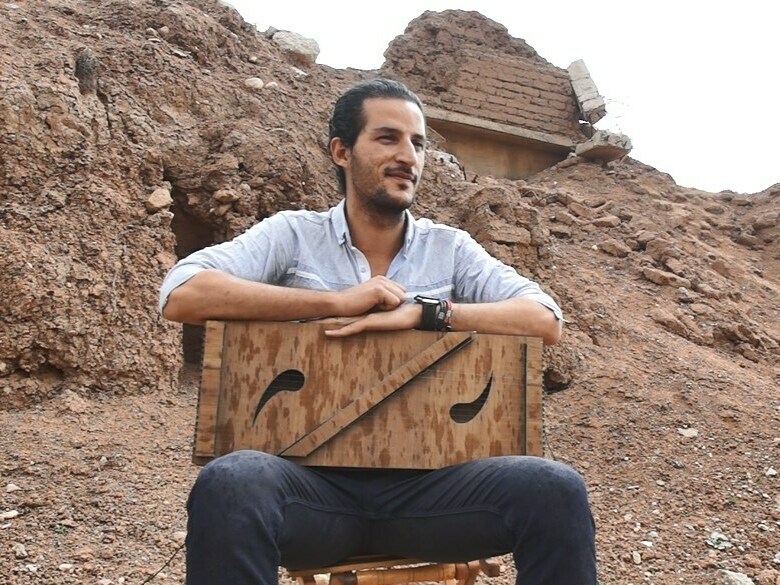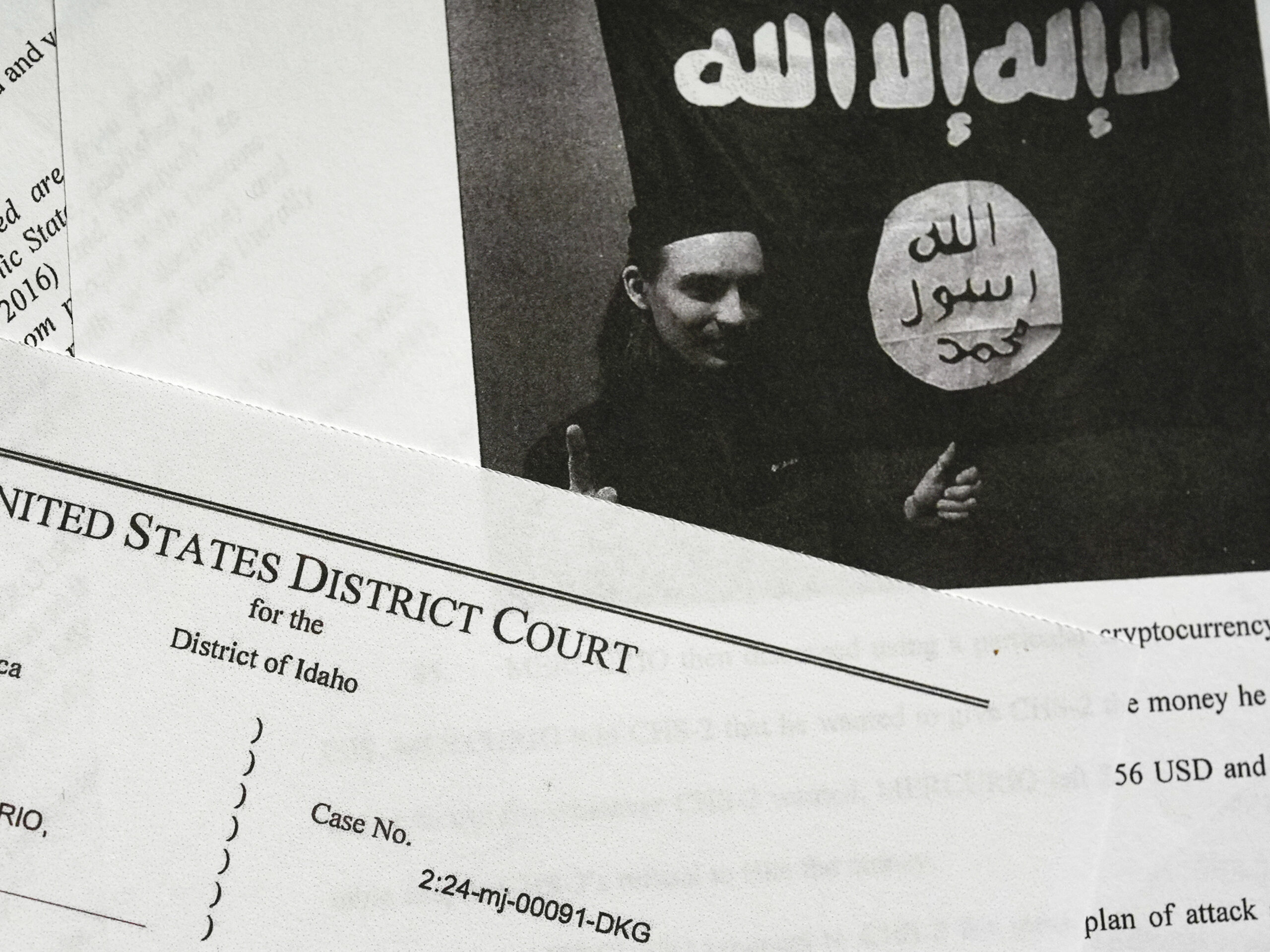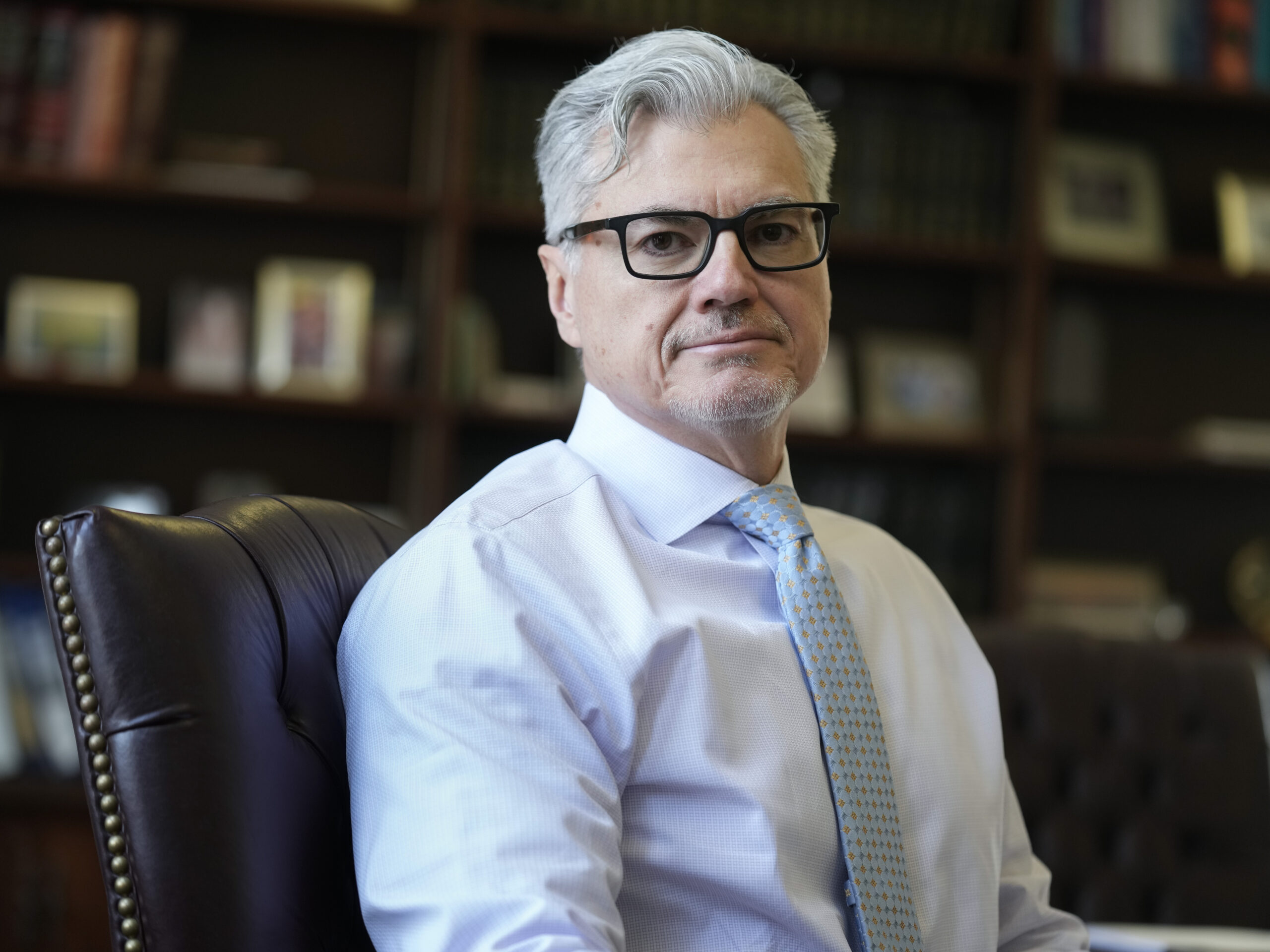Ástor Piazzolla had gone a long way toward bringing the tango into the classical repertory and had written innovative classical music for the bandoneón, the concertina-like instrument popular in Argentine dance bands.
It was 1959. Piazzolla was in San Juan, Puerto Rico, playing at the Club Flamboyan when he received a telegram from back home in Mar del Plata, Argentina, informing him that his father had been injured in a bicycle accident. Between the night’s two shows, his fellow performers–dancers Juan Carlos Copes and Maria Nieves– urged him to phone home for an update. He called and talked to his cousin, who informed him that his father, Vincente Nonino Piazzolla, had died from complications of a leg injury.
“We plucked up courage and went on working,” recalled Copes, but for the first time ever, as they went onstage for their final bow, Piazzolla gripped the hands of his fellow performers.
Stay informed on the latest news
Sign up for WPR’s email newsletter.
Piazzolla had been working in New York as an arranger, and his return became dangerous when the plane skidded on the runway, giving Piazzolla a strange reminder of the time in his boyhood when his father had forbidden him to tour with a tango band that later perished in a plane crash.
A day after his return, he asked his wife and her sister for some time alone, and from the kitchen they could hear him behind the closed door of an adjoining room as he played the bandoneón. He began with “Nonino,” a cheerful tango he had dedicated to his father a few years previously. He paused and then, sighing and weeping, went into an unfamiliar tune, haunting and elegiac.
The new tune was “Adios, Nonino,” which became one of Piazzolla’s best known pieces. “Perhaps I was surrounded by angels,” Piazzolla said years later of its inception. “I was able to write the finest tune I have written. I don’t know if I shall ever do better. I doubt it.”
It was his father’s parting gift
Wisconsin Public Radio, © Copyright 2024, Board of Regents of the University of Wisconsin System and Wisconsin Educational Communications Board.

